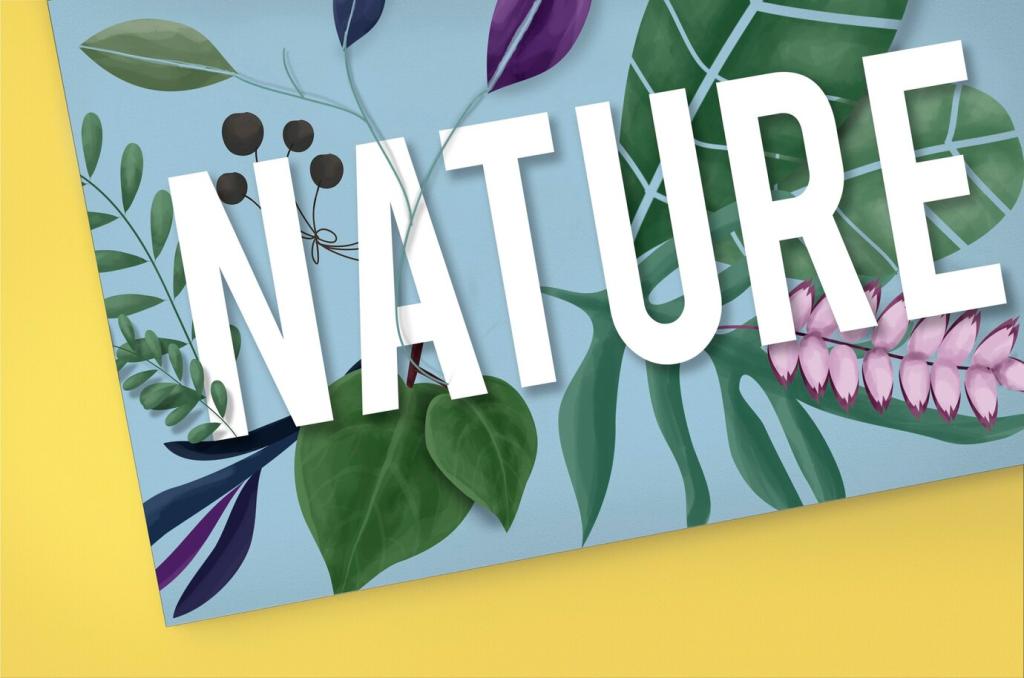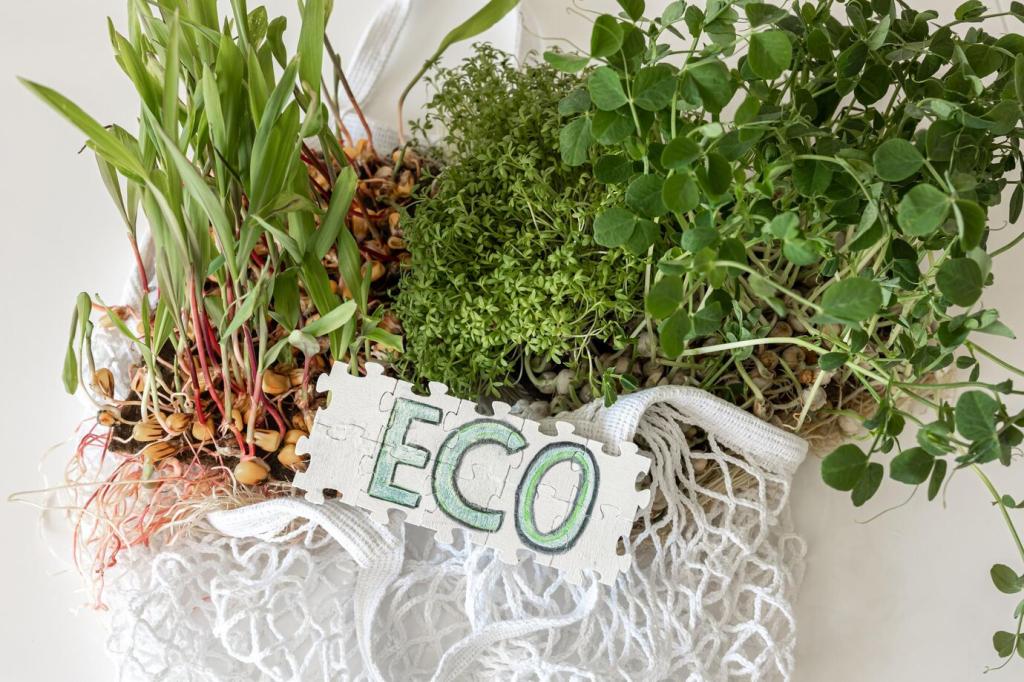Foundations of Eco-Friendly Garden Design
Healthy soil is the quiet engine of eco-friendly garden design, turning leaves and compost into slow-release nutrition. Test pH, add organic matter, and avoid tilling to protect fungal networks. Share your soil type, and we’ll suggest tailored amendments.
Foundations of Eco-Friendly Garden Design
Match each plant’s light, moisture, and soil needs to the exact microclimate it occupies. Native species usually demand fewer inputs while feeding local wildlife. Tell us your USDA zone or regional equivalent, and we’ll recommend native plant pairings.
Foundations of Eco-Friendly Garden Design
Layer canopy, shrubs, perennials, and groundcovers to create habitat complexity that supports birds, pollinators, and beneficial predators. Diverse structure stabilizes ecosystems and reduces pests. Post your favorite multi-layer combo, and inspire someone planning their first sustainable border.



